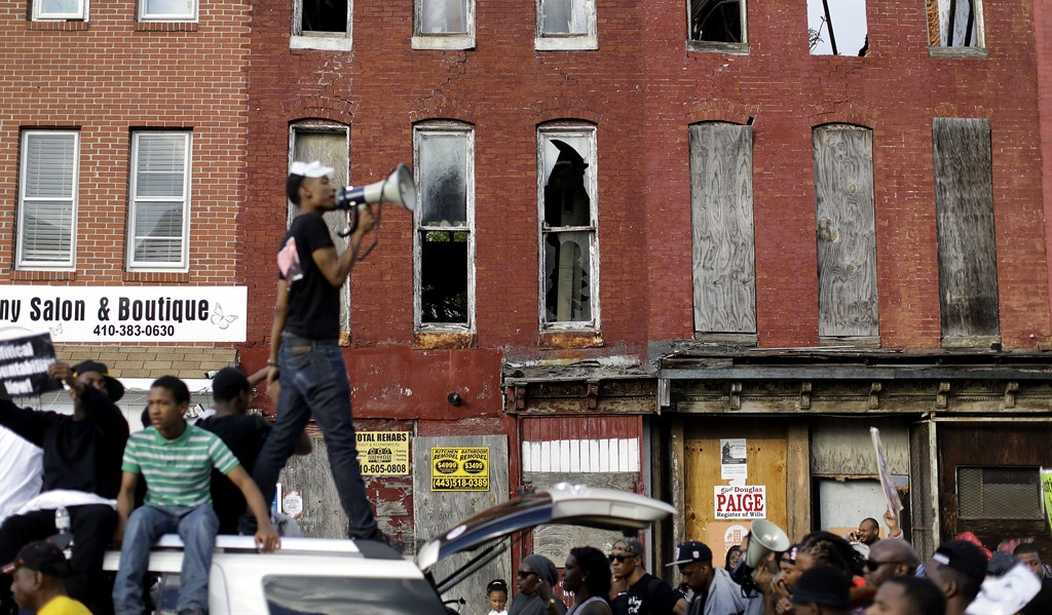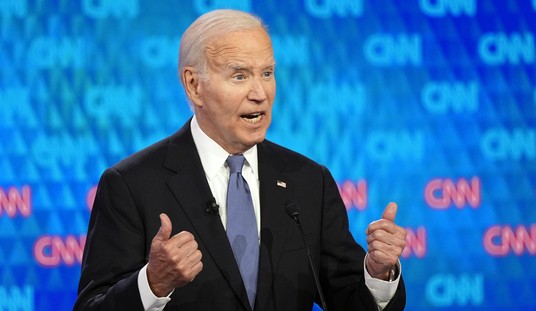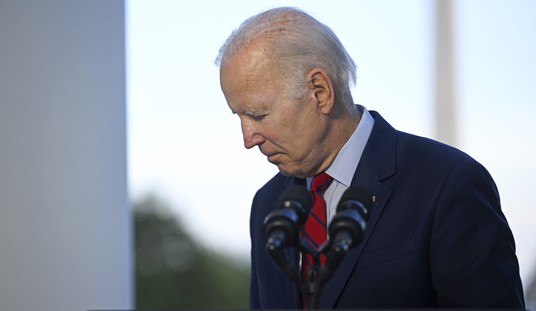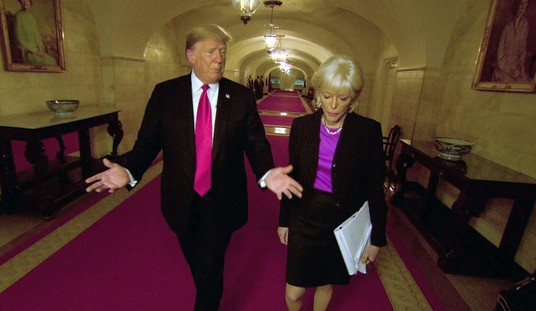Insured
The final toll of insured losses in the violence-ravaged city could grow well beyond the institute’s previous forecast of a minimum of $25 million before the full extent of the financial battering becomes clear. The fallout of the man-made disaster caused by out-of-control protestors is continuing to hurt businesses and tourist destinations through reduced numbers of patrons and revenues.
Insured losses of
However, business interruption coverage, in which a policyholder can file a claim for lost income, is usually only triggered when the insured business incurs direct physical damage. But those businesses face the daunting task of providing sufficient documentation to gain insurance reimbursement for their losses.
Non-profit organizations, such as museums and art galleries, still need to find ways to lure back school groups and other visitors who have opted not to venture into Baltimore due to lingering safety concerns in the wake of the riot. Post-riot attendance and revenues remain below normal at the Baltimore Zoo, the National Aquarium, the Maryland Science Center, the Walters Art Gallery and other attractions in the city, which reported 42 homicides in May, the deadliest month there in more than 40 years.
Recommended
The Horseshoe Casino near Baltimore’s Inner Harbor is just one of a number of local businesses that have suffered from reduced revenues in the aftermath of the violence, looting and arson that led Mayor Stephanie Rawlings-Blake to impose a multi-day, 10 p.m. curfew to keep adults off the streets.
Baltimore police report that rioters looted more than 175,000 doses of prescription medication from 27 pharmacies and two methadone clinics in the city. Police Commissioner Anthony Batts responded that such a large amount of drugs could keep city residents high for a year and most likely contributed to a sharp jump in the number of shootings in Baltimore during May.
Pharmacy owners in Baltimore complain that police have not taken the time to review surveillance video of rioters breaking into and
The brazenness of the looting and the inability of police to intervene effectively was exhibited when videotape showed a group of rioters
Destroyed during the riot by people who the city’s mayor described as “thugs” was a CVS Pharmacy at West North and Pennsylvania Avenue that was looted and burned so badly building inspectors condemned it. A Rite-Aid pharmacy on Martin Luther King Jr. Boulevard in a neighborhood that really needed it also incurred severe damage.
Among the city’s businesses that took big hits from the riots and the subsequent multi-day curfew imposed by the mayor is Langermann's restaurant in Baltimore’s upscale Canton neighborhood. The restaurant filed for Chapter 11 bankruptcy protection within weeks of the riot. One of the restaurant’s partners reported that Baltimore’s unrest and the curfew imposed by the mayor in late April and early May left it too low on customers and revenues to avoid the need to restructure its debt.
Korean-American-owned businesses suffered a disproportionate blow during the rioting. They owned about
An open question is whether some of property damage and lost business could have been avoided if the mayor had instructed the Baltimore Police to respond sooner and more firmly before the protests escalated out of control. The mayor, the latest in a string of Democrats who have led the city since 1967, likely feared potentially violent confrontations between Baltimore City police and protestors.
But a failure by city officials to adequately equip law enforcement officials led more than 160 of them and scores of firefighters to sustain injuries from bottles, rocks, bricks and other objects that rioters threw at them. As for local businesses, those shut down by the looters and arsonists will need to decide if they want to resume operations in their previous location or use insurance money to start a business outside of the city, which has the highest crime rates and per capita spending on public safety of any municipality in the state.
For those with property damage, the Insurance Information Institute stated:
- Auto, homeowners and business insurance policies generally cover property losses caused by riots and civil commotions.
- Homeowners’ policies pay to repair, or rebuild, an insured home if its structure is damaged or destroyed due to a riot or civil commotion, as well as to replace the homeowners’ personal belongings if they are damaged or stolen during the event. However, if a home is uninhabitable by the related damage, policyholders can file an additional living expenses (ALE) claim to finance temporary housing expenses until the residence has been repaired.
- Standard business property insurance policies provide coverage for a building’s structure, as well as its contents, and cover losses from riots or civil commotion.
- Maryland has been a profitable state for insurers to operate between 2005 and 2014, with a return on net worth reaching 12.9%, compared to 9.2% for the country overall, according to the institute.
























Join the conversation as a VIP Member